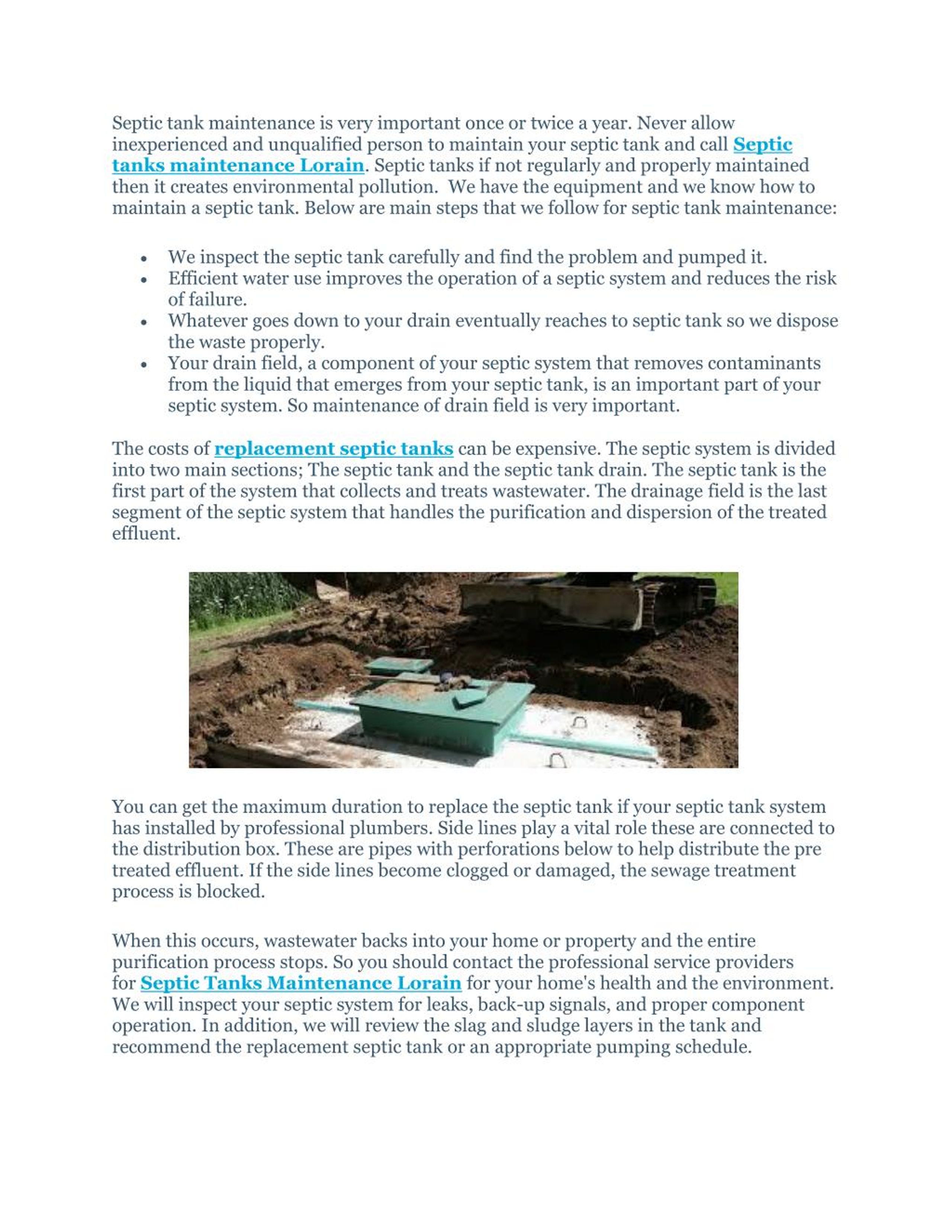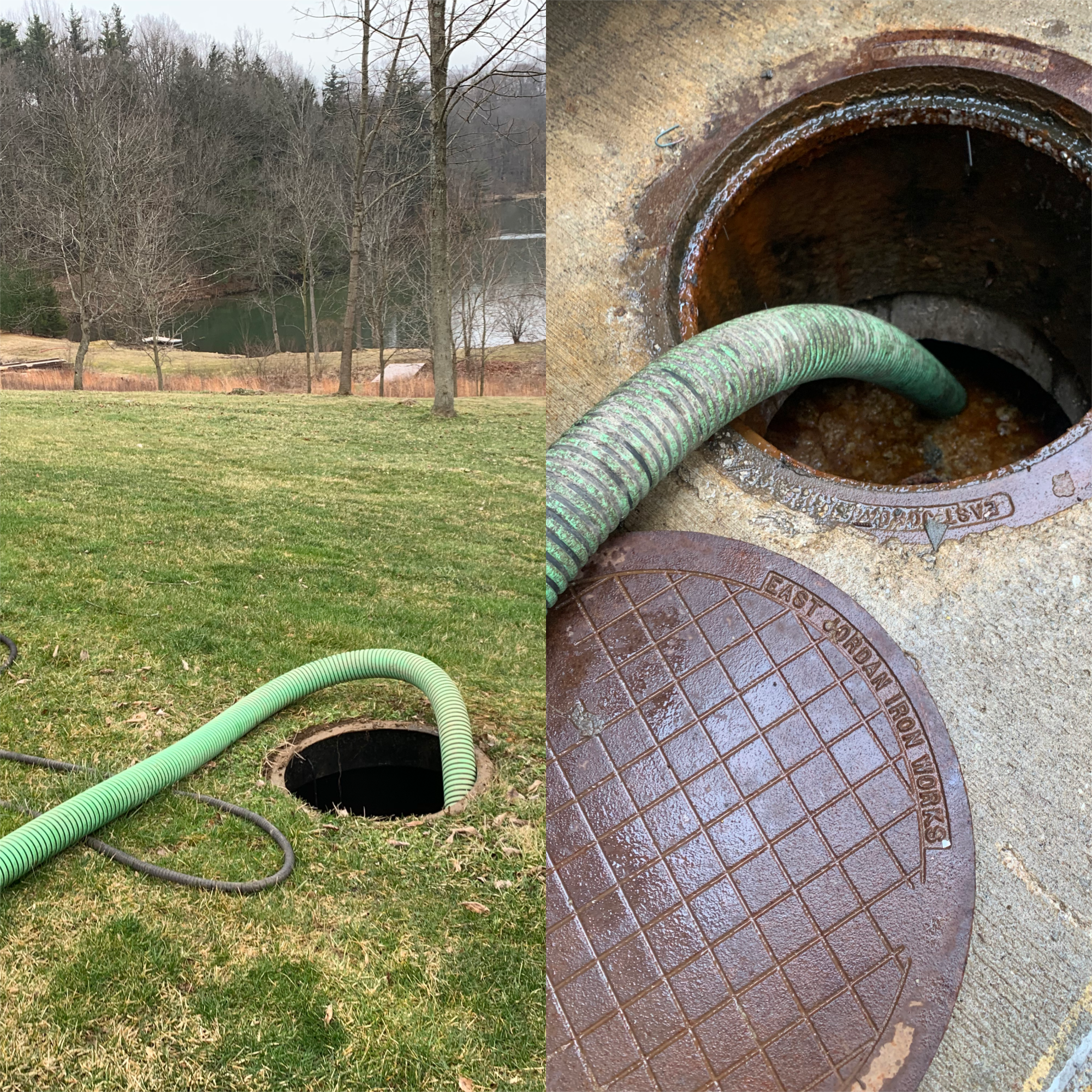The Definitive Guide for Stillwell Septic And Grading
The Definitive Guide for Stillwell Septic And Grading
Blog Article
The Greatest Guide To Stillwell Septic And Grading
Table of ContentsThe Single Strategy To Use For Stillwell Septic And GradingWhat Does Stillwell Septic And Grading Mean?How Stillwell Septic And Grading can Save You Time, Stress, and Money.Stillwell Septic And Grading for BeginnersThe Of Stillwell Septic And GradingGetting My Stillwell Septic And Grading To WorkThe Definitive Guide for Stillwell Septic And Grading
Overall, septic storage tank installment is an intricate process that calls for cautious planning and implementation. House owners must deal with a trusted installation team and be mindful of local guidelines and needs to ensure that their septic tank works properly for years to find. After the septic tank has been mounted and attached to the drainpipe area, it is time to backfill the location.The backfill material need to be complimentary of clods, large rocks, frozen issue, and particles that can lead to spaces in the backfill that may enable clearing up gradually. Squashed rock or pea gravel 1/2-inch in diameter is chosen if native materials are not ideal. When the backfilling is full, it is time to landscape the location.
As soon as the septic system has been mounted, it is critical to evaluate it to make certain that it is working properly (Septic Installers). https://www.mixcloud.com/stillwellsag/. Examining the system involves checking for leakages, making certain that the storage tank is at the ideal degree, and taking a look at the drain field. One of the most typical tests performed is the hydraulic load test
Little Known Facts About Stillwell Septic And Grading.
The water is after that kept track of to make certain that it moves correctly via the pipes and into the drainpipe field. If the water does not flow properly or backs up into the tank, it may suggest an issue with the system. Another test that is generally carried out is the dye test.
The dye is then checked to make sure that it moves correctly via the pipes and right into the drainpipe area. If the dye does not move appropriately or shows up in the wrong location, it might show an issue with the system. It is important to have a specialist perform these tests to make sure that they are done appropriately.

Stillwell Septic And Grading Fundamentals Explained
Here are some essential pointers for property owners to keep their septic system: The average family septic system ought to be examined a minimum of every three years by a septic service expert. The frequency of pumping depends upon the size of the tank and the variety of people using it. https://peatix.com/user/21382337/view. A basic regulation of Extra resources thumb is to pump the tank every 3 to five years
Using water-efficient components and devices, such as low-flow showerheads and toilets, can minimize water usage and help the septic tank work a lot more efficiently. Only flush toilet tissue and human waste down the toilet. Stay clear of purging anything else, consisting of womanly hygiene products, baby wipes, and cooking oil, as they can clog the system.
The Ultimate Guide To Stillwell Septic And Grading
Septic container installment is a complex process that needs careful preparation and implementation. House owners should be conscious of the necessary actions associated with the setup procedure to ensure that their septic system works appropriately and efficiently. The very first step is to assess the site where the septic system will certainly be set up.
When the site has actually been evaluated, the next action is to prepare for the installment. House owners need to make sure that their service provider is experienced in septic container installment and will certainly work along with them throughout the procedure.
The 45-Second Trick For Stillwell Septic And Grading

Homeowners have to recognize the required steps entailed in the installment procedure to make certain that their septic tank works effectively and successfully. By complying with these actions and keeping their system, homeowners can feel confident that their septic tank will certainly supply reliable wastewater treatment for lots of years to find.
Nearly one in five U.S. homes have septic systems. If you're not properly preserving your septic system, you're not only harming the environment, you're placing your family members's wellness at riskand may be flushing thousands of dollars down the drain!
The Basic Principles Of Stillwell Septic And Grading

All that added water can actually strain your septic system. This can be valuable especially if your system has actually not been pumped in a long time.
3 Easy Facts About Stillwell Septic And Grading Explained
Know your system's location. When you have the storage tank pumped, attract a diagram or map revealing its area in connection with repaired factors - corners of your house, steps, or fence articles. Ask the pumper to help you find the drainfield. Note its area on your diagram, together with the area of your alcohol consumption water well.
Decrease the amount of wastewater that need to be dealt with and disposed of by your system: Wash no more than one or two lots of clothes daily. Up to 53 gallons of water flood your septic system with each lots, so it's best to spread out laundry out over the week.
Report this page